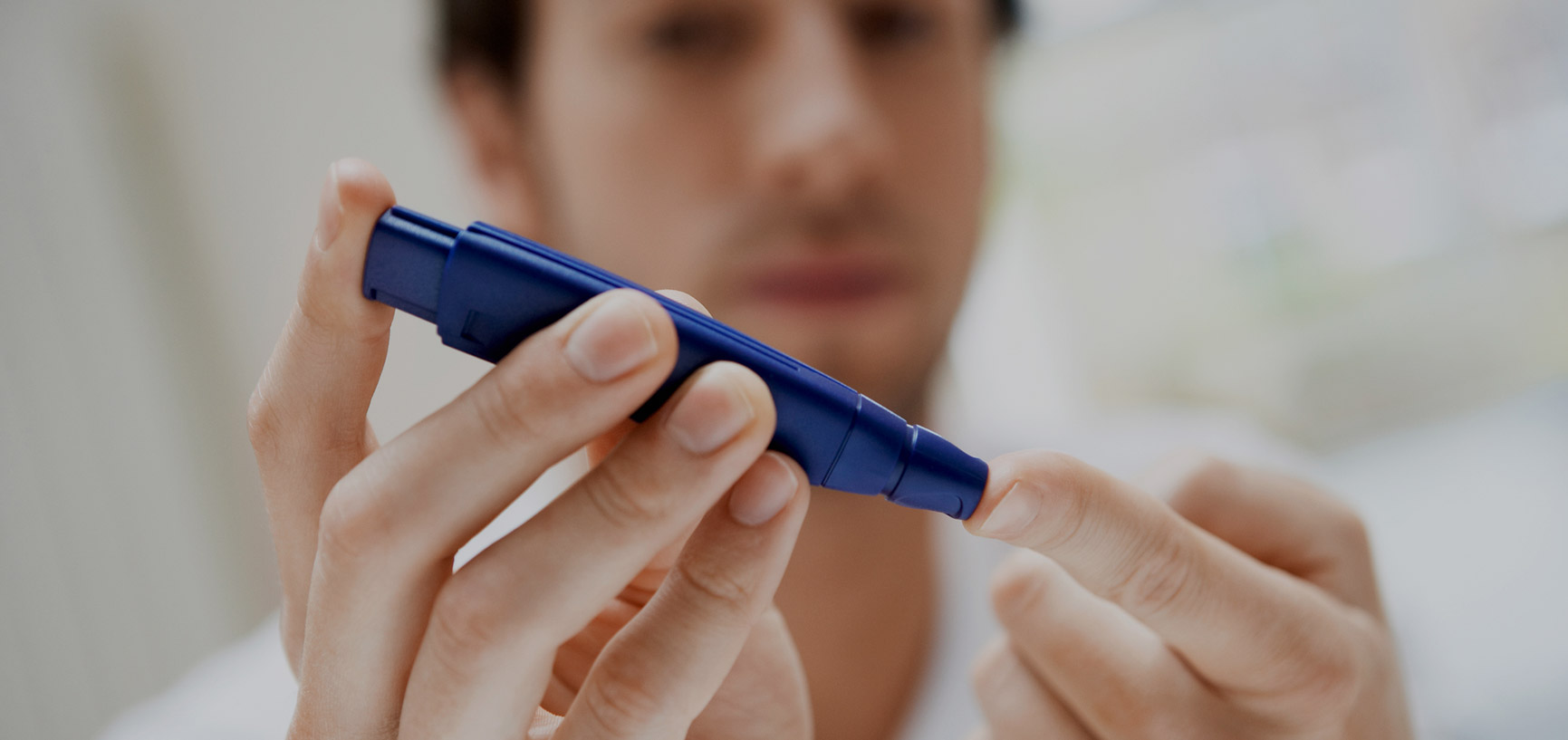Considering the range and severity of health problems caused by diabetes, the focus on treating prediabetes in order to prevent it from becoming diabetes is sensible, and a large Finnish Diabetes Prevention study found that it is possible, Prediabetes means that your blood sugar level is higher than normal but not yet high enough to be type 2 diabetes. Without lifestyle changes, people with prediabetes are very likely to progress to type 2 diabetes. If you have prediabetes, the long-term damage of diabetes, especially to your heart, blood vessels and kidneys, may already be starting.
Progression from prediabetes to type 2 diabetes isn’t inevitable. Eating healthy foods, incorporating physical activity in your daily routine and maintaining a healthy weight can help bring your blood sugar level back to normal. Prediabetes affects adults and children. The same lifestyle changes that can help prevent progression to diabetes in adults might also help bring children’s blood sugar levels back to normal. Having prediabetes doesn’t mean you’ll definitely develop diabetes. It is a warning of what could lie ahead, however. People with prediabetes have a 5 to 15-fold higher risk for type 2 diabetes than someone with normal blood sugar levels. Those chances increase if you don’t make any healthy changes to your diet or activity habits.
Any of these risk factors can increase your chances of developing prediabetes:
- Being overweight or obese
- Being inactive
- High blood pressure
- High cholesterol
- Having a close family member with type 2 diabetes
- Giving birth to a baby weighing more than 9 pounds
High blood glucose levels, especially if they’re left untreated, can affect other systems in your body. This can leave you vulnerable to a variety of health risks and chronic health conditions. For example, uncontrolled diabetes can lead to:
- Vision loss
- Nerve damage
- Kidney damage
- Cardiovascular disease
The good news lies with lifestyle changes! Prediabetes can be reversed or staved off by staying physically active and consistently eating a healthy, balanced diet. The power of healthy food and exercise habits can’t be overstated.
A healthy diet that focuses on whole foods and complex carbohydrates such as beans, grains, and starchy vegetables is ideal. Pass on baked goods that contain simple sugars. The American Diabetes Association offers great tips on diabetes-friendly cooking. If you are overweight, losing weight, even 5 to 10 percent of your body weight, will help reduce your risk of diabetes.
Exercise packs a huge punch against diabetes: It helps you lose weight, shrinks abdominal fat, makes your muscles use up more sugar from your blood, and increases the body’s sensitivity to insulin. Aerobic activity, muscle strengthening activity and flexibility exercises all help. Spreading physical activity throughout the day can aid in lowering your blood sugar. Regular physical activity also gives you more energy, builds confidence and can help you to sleep more soundly at night. You can combine your activity time with family and friends or use it as an opportunity to reflect on things and listen to your favourite music.



